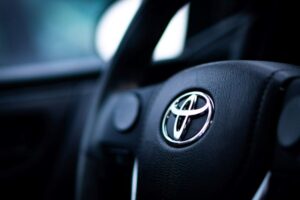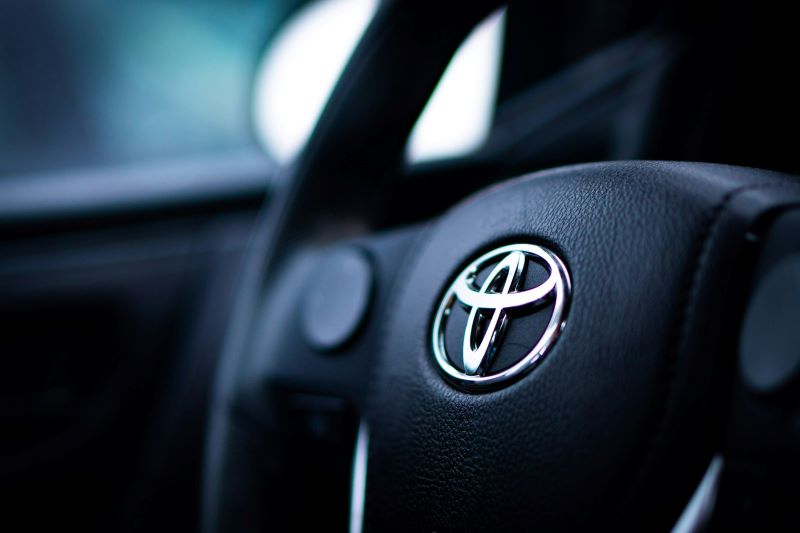California’s Exclusive Investment in Hydrogen Fuel Cars
California has taken a unique approach to green transportation by heavily subsidizing hydrogen fuel cell vehicles (FCVs), with the Toyota Mirai being the most prominent model on the market. Unlike the widespread adoption of electric vehicles (EVs), hydrogen-powered cars remain largely confined to California, as no other state has made a serious effort to build the necessary infrastructure.
Under Governor Gavin Newsom, California has allocated massive taxpayer subsidies to support Mirais and other hydrogen-powered cars, primarily benefiting foreign manufacturers like Toyota and Hyundai. Meanwhile, American automakers have received no similar financial backing. Despite these efforts, hydrogen vehicles remain impractical for most drivers due to their high costs, limited availability of fueling stations, and ongoing performance issues.
Why Owning a Toyota Mirai Is a Challenge
At first glance, the Toyota Mirai seems like an exciting alternative to gasoline cars. It runs on hydrogen, emits only water vapor, and offers a smooth, quiet ride. However, the reality of owning a Mirai is far more frustrating than Toyota’s marketing suggests.
One of the biggest drawbacks is that a Mirai cannot be charged at home. Unlike electric cars—such as those made by Tesla, which can be plugged into a standard outlet or home charging station—Mirai owners must rely entirely on a hydrogen fueling network that is both unreliable and shrinking. With only about 70 operational stations in the state and 50 already closed, many Mirai drivers struggle to find a working pump when they need one.
Even when a station is functional, refueling isn’t quick or cheap. Mirai owners often face long wait times at the pump, and a full tank costs approximately $200. Despite the high price, the Mirai offers fewer miles per fill-up than most EVs can achieve on a single charge. In contrast, Tesla’s Superchargers provide an affordable and widely available alternative for EV owners.
Newsom’s Costly Hydrogen Subsidies Aren’t Paying Off
California’s investment in hydrogen has gone far beyond vehicle incentives. The state has also provided massive funding to build and maintain hydrogen fueling stations, yet these stations continue to fail. Taxpayers are footing the bill for infrastructure that isn’t being properly maintained or used at a meaningful scale.
While EV charging stations are rapidly expanding across the country, hydrogen stations remain concentrated in a handful of locations, mostly around Los Angeles and the Bay Area. Many stations that were built with state funding have already shut down due to financial problems, maintenance issues, or lack of demand. Those that remain open often struggle to keep up with the small but frustrated group of hydrogen car owners who depend on them.
The state’s ongoing commitment to hydrogen has raised questions about priorities. Why is California directing billions toward a failing technology while American automakers continue to invest in EVs? Instead of supporting homegrown innovations, the state is primarily benefiting Japanese and Korean companies, leaving many to wonder whether this is truly about clean energy or political alliances.
Mirai Owners Are Suing Over False Promises
For many who purchased a Toyota Mirai, the promise of a cutting-edge green vehicle has turned into a nightmare. A growing number of Mirai drivers are now part of a lawsuit against Toyota and Hyundai, citing performance issues and the lack of fueling stations as major concerns.
Many buyers were led to believe they were investing in the future of clean transportation, only to find themselves stranded without access to hydrogen or dealing with expensive and inconvenient refueling processes. With so few fueling stations available, some Mirai owners have been forced to return their vehicles, effectively making them undriveable.
The lawsuit highlights a key issue with California’s hydrogen experiment: The infrastructure simply isn’t there to support these vehicles, and despite significant state funding, that doesn’t seem likely to change anytime soon.
Is the Mirai Worth It?
The Toyota Mirai is an impressive piece of engineering, but no amount of cutting-edge technology can make up for a lack of fueling stations, high operating costs, and limited range. While California continues to push hydrogen, the rest of the country—and the auto industry—are moving toward EVs. Tesla, Ford, GM, and other major manufacturers have overwhelmingly chosen battery-electric technology over hydrogen, recognizing that EVs are more practical, affordable, and widely accepted.
For those considering a Mirai, the reality is simple: unless you live in California and are willing to deal with the ongoing challenges of hydrogen refueling, it’s not a viable choice. Even within California, ownership is becoming increasingly difficult as more stations close and the hydrogen supply remains unstable.
Despite years of investment and state-funded incentives, hydrogen cars like the Mirai have failed to prove they are a better alternative to electric vehicles. As more consumers voice their frustrations and legal battles unfold, it may only be a matter of time before California is forced to reconsider its costly hydrogen gamble.
To learn more about the Toyota Mirai and the future of green transportation, contact us today.





